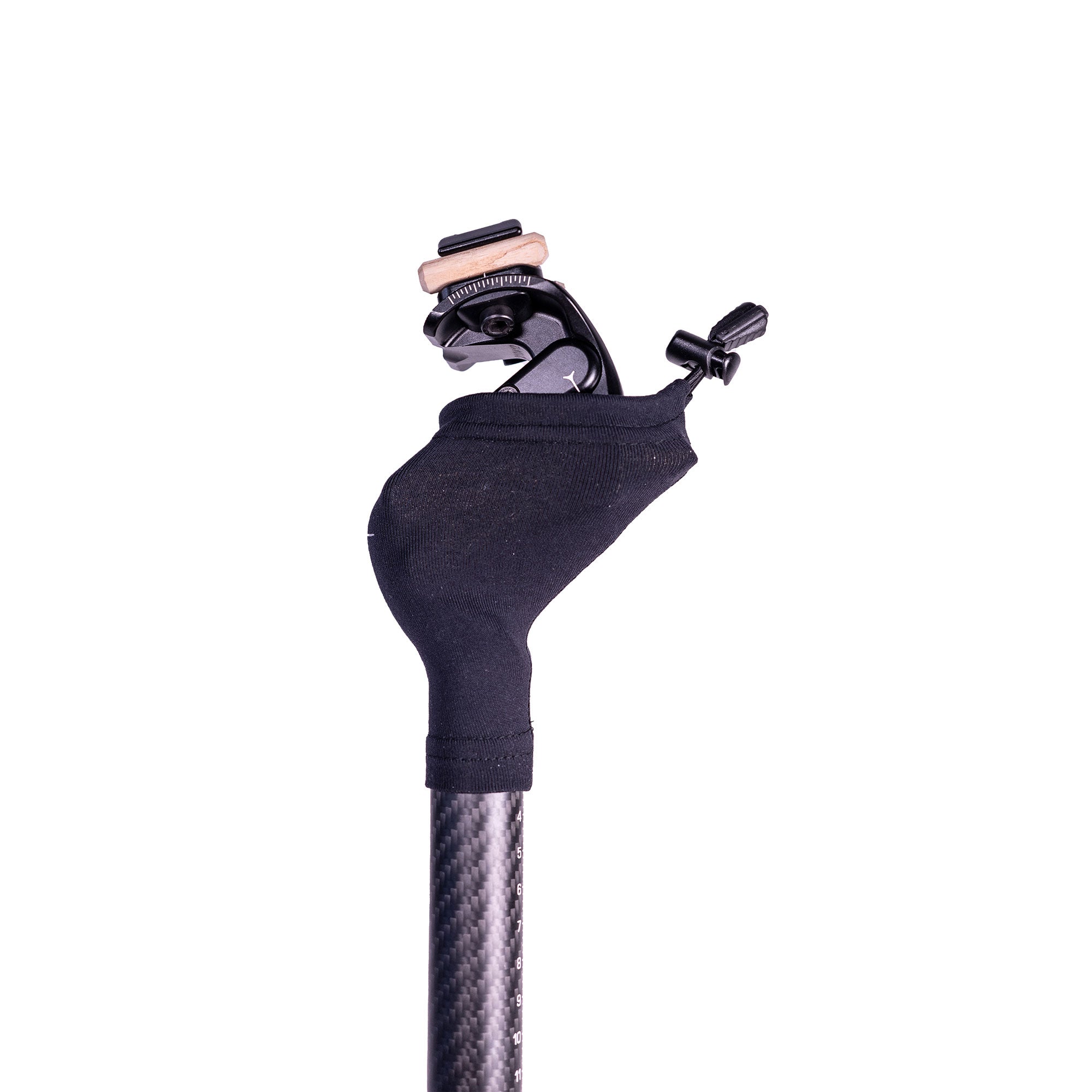6zfshdb
Well-Known Member
- Region
- USA
- City
- Northeast Pennsylvania
The Spiderflex looks good too except those pads might be too small for my um... sizable... hind. Do the front rails ever become an issue with pushing into your thighs?
Not that I've noticed. I have the seat set as far back as it will go so the rails are out of the way.

